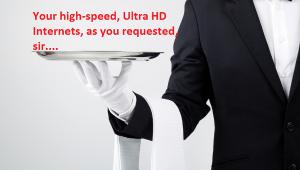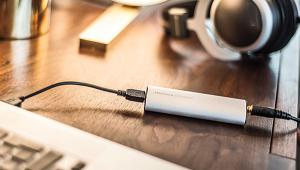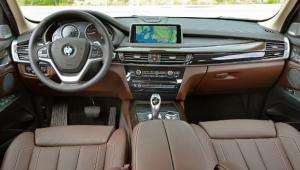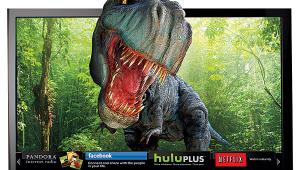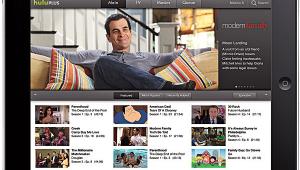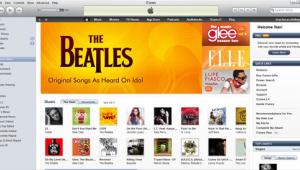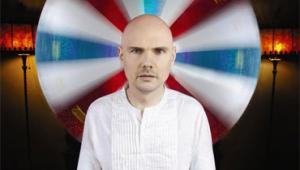Living with Technology Page 6
The Working Group's role is to adopt standards, not create them. In developing the rules for the connected home, it chose from a library of off-the-shelf file formats and networking/connectivity protocols. DHWG-compliant products will all sport wired Ethernet or wireless Wi-Fi network connections. Once plugged together, each device will recognize every other, automatically. To ensure that every device can read any soundtrack, video, or photo file, they'll all be transferred using mandatory formats. Devices must convert files stored in any other format before sending them to another networked appliance. The idea is to make terms like MP3, WMV, MPEG-2, and JPEG irrelevant. Once standards are in place, people won't need to know what formats their files are in, because they'll all smoothly transfer and play.
While the Working Group is concentrating on making it easy to move personal files around a home network, it also expects to set standards to make rented or purchased content easy to share within the home. But that will require a new set of copy-protection standards to stop TV shows and movies downloaded from the Internet from being stolen or illegally transmitted to other users.
By all accounts, the DHWG's work has gone swimmingly, with the first set of standards due within the next few months. But the bonhomie enjoyed by its members doesn't take into account the very real differences of opinion that exist about the direction home networking will take. Consumer-electronics manufacturers expect the TV to be at the center of any A/V-friendly home network. Or the network might be completely decentralized, with a host of "intelligent" devices all capable of shifting and displaying files. Computer companies not surprisingly see the PC, with its powerful processors and extensive storage, as the natural hub for any network.
But the consumer-electronics companies will point out that computer functions are already becoming incorporated into many entertainment devices, blurring the line between a PC and a TV. For example, all of RCA's HDTV sets that include a digital tuner have the Windows CE operating system as the backbone of the set's architecture. With it, people can access the Internet directly through the TV.
While the DHWG's standards are flexible, there's no guarantee they'll always evolve with the times. Like cellphone and digital video recorder technology, no one knows how a home network will actually be used until people embrace the concept and start using it.
-E.T.
